In pictures: Kaesong, Korean friendship city
- Published
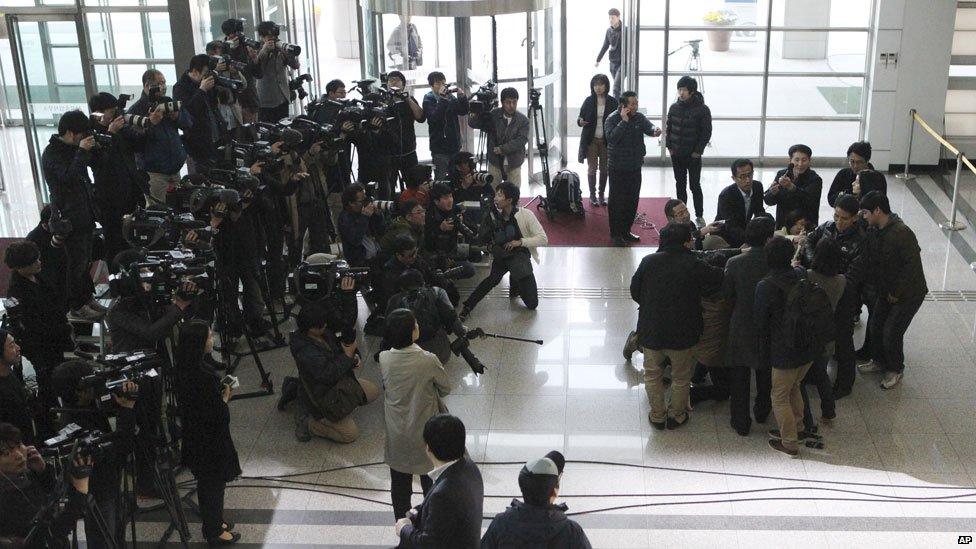
North Korea has sparked alarm among business leaders in the South by refusing access to the Kaesong joint-industrial zone. Southern workers returning from the complex on Wednesday were mobbed by reporters. Kaesong has been at the heart of relations between the two Koreas for a decade.

Work on the complex began in 2003 after years of negotiation between Kim Jong-il and governments from the South that followed the so-called Sunshine policy of friendship towards their neighbour.
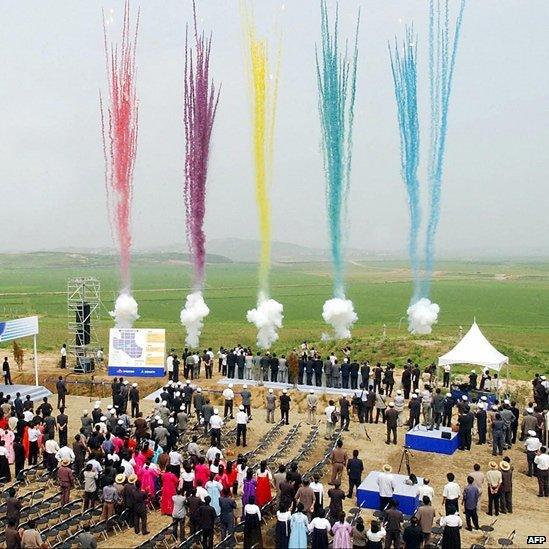
The complex was made possible after Hyundai chairman Chung Mong-hun and the South Korean government agreed to invest 220bn won ($200m; £130m) to develop the land.
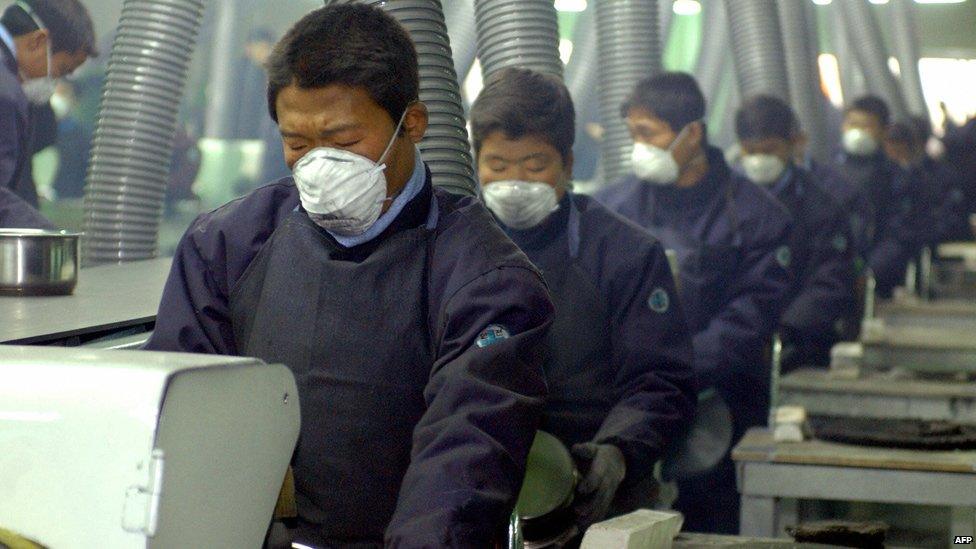
The South Koreans would supply the money and the technology, while the manpower would come from the North. By December 2004, production had started in the complex's first factory.
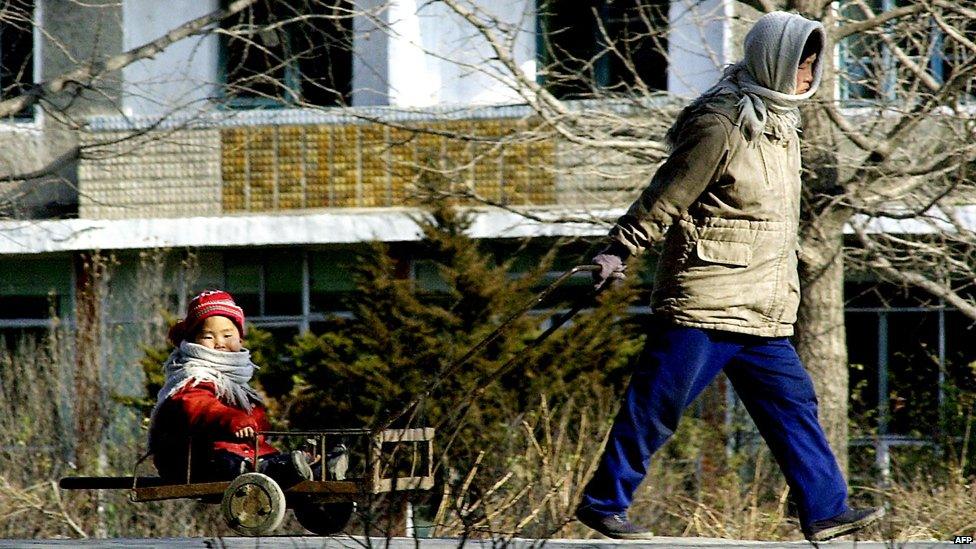
The opening up of Kaesong allowed foreign reporters to catch an occasional glimpse of life in a North Korean city away from the planned pomp and guided tours of the capital, Pyongyang.
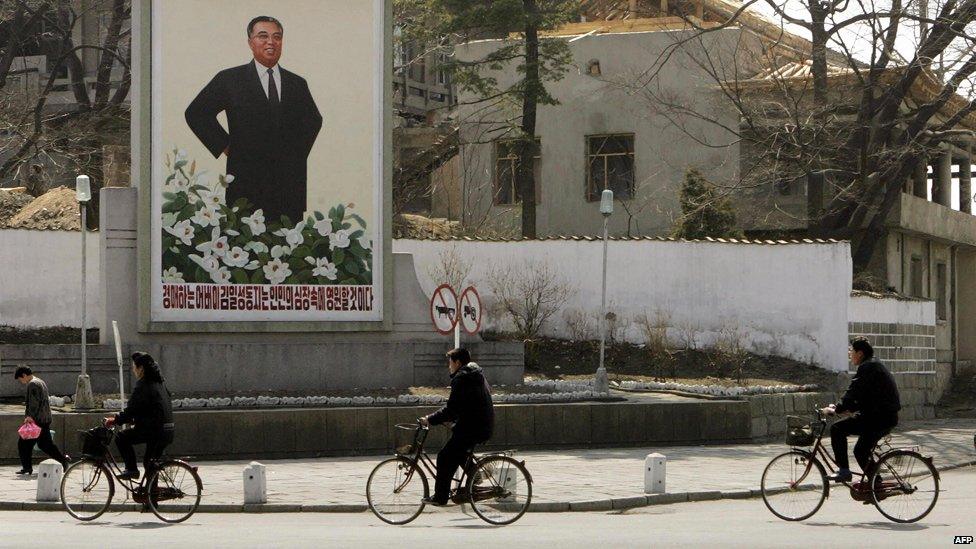
But the cult of personality still looms large with statues and portraits of Kim Il-sung, the founding leader who died in 1994 but officially still holds the title "eternal president".
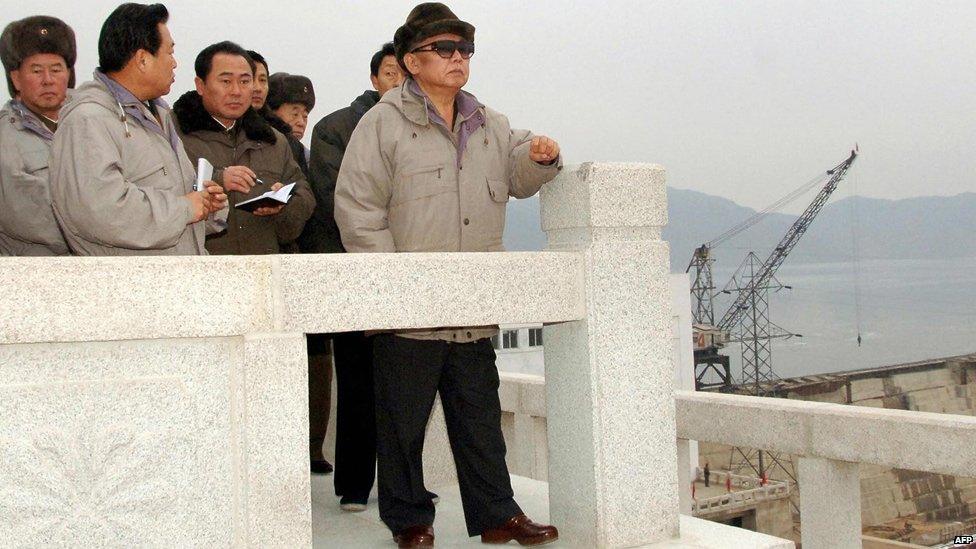
Analysts say Kim Jong-il's regime benefited hugely from the foreign money flowing into Kaesong, which explains why the complex has never ceased operations despite the North constantly threatening to wage war and destruction on its enemies in the South.
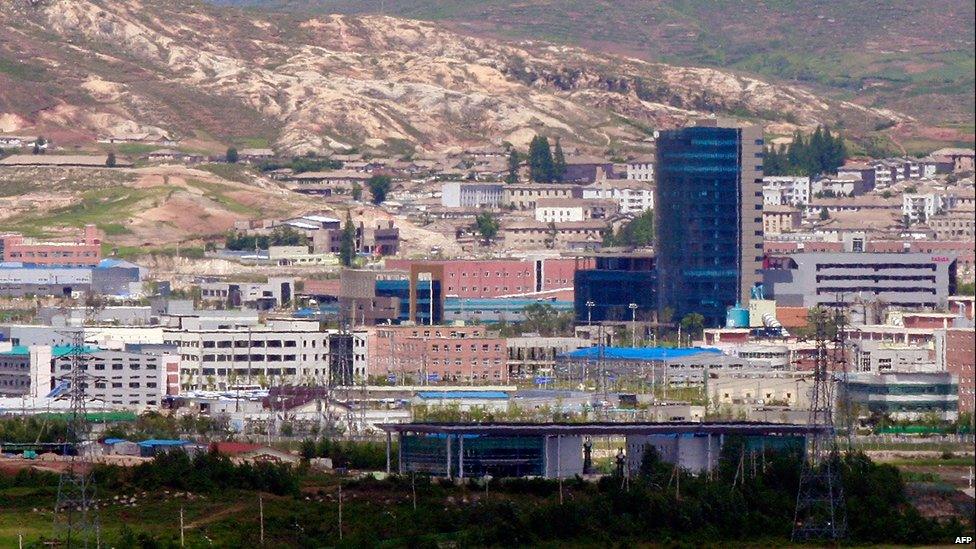
The complex employs more than 50,000 North Koreans, who are paid a total of about $80m in wages each year. Some $470m of goods were produced there in 2012.
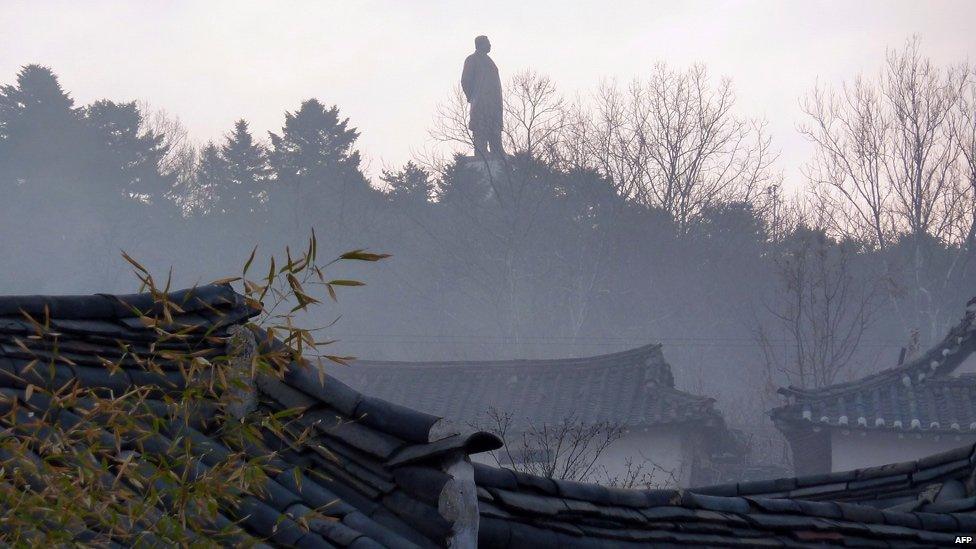
Despite the obvious benefits for the city of Kaesong and the regime itself, North Korean leaders have consistently threatened to close it down. It remains to be seen whether the latest threat will be taken further than the others.